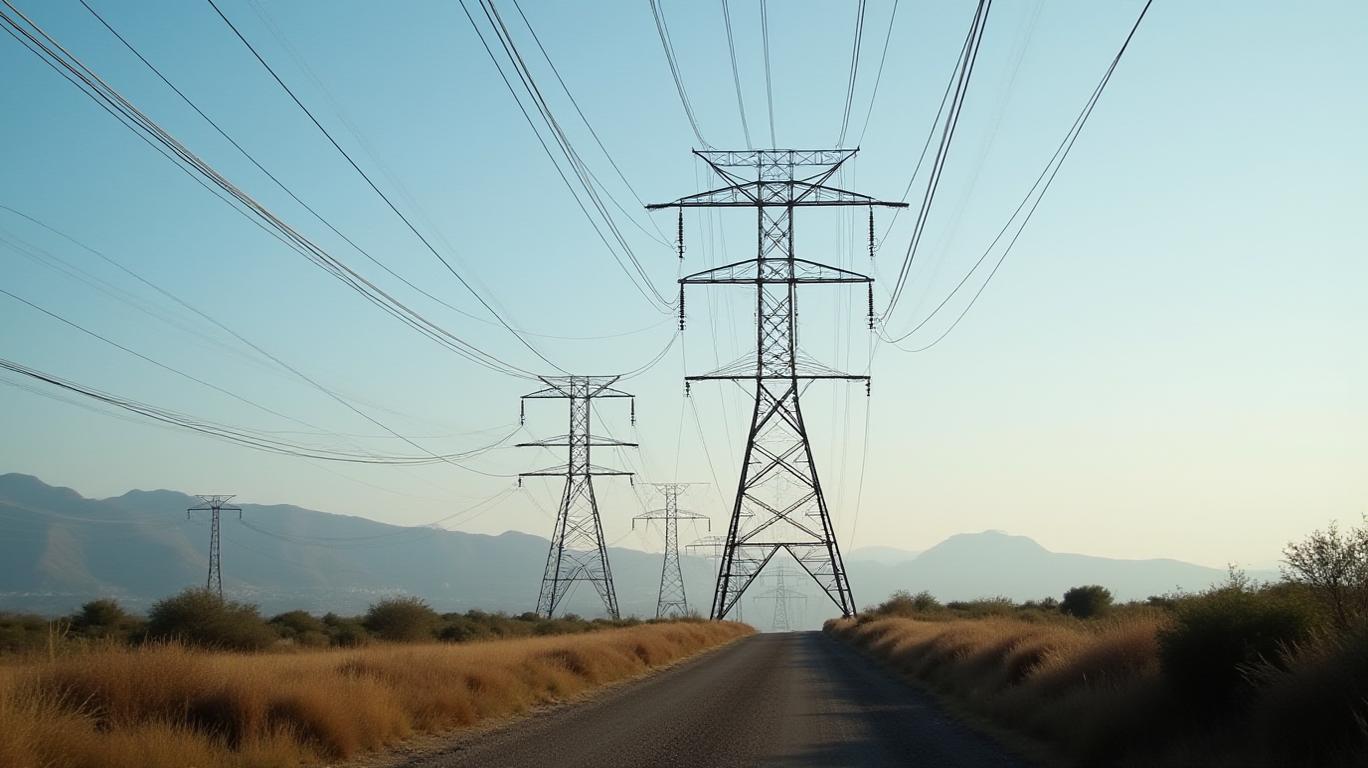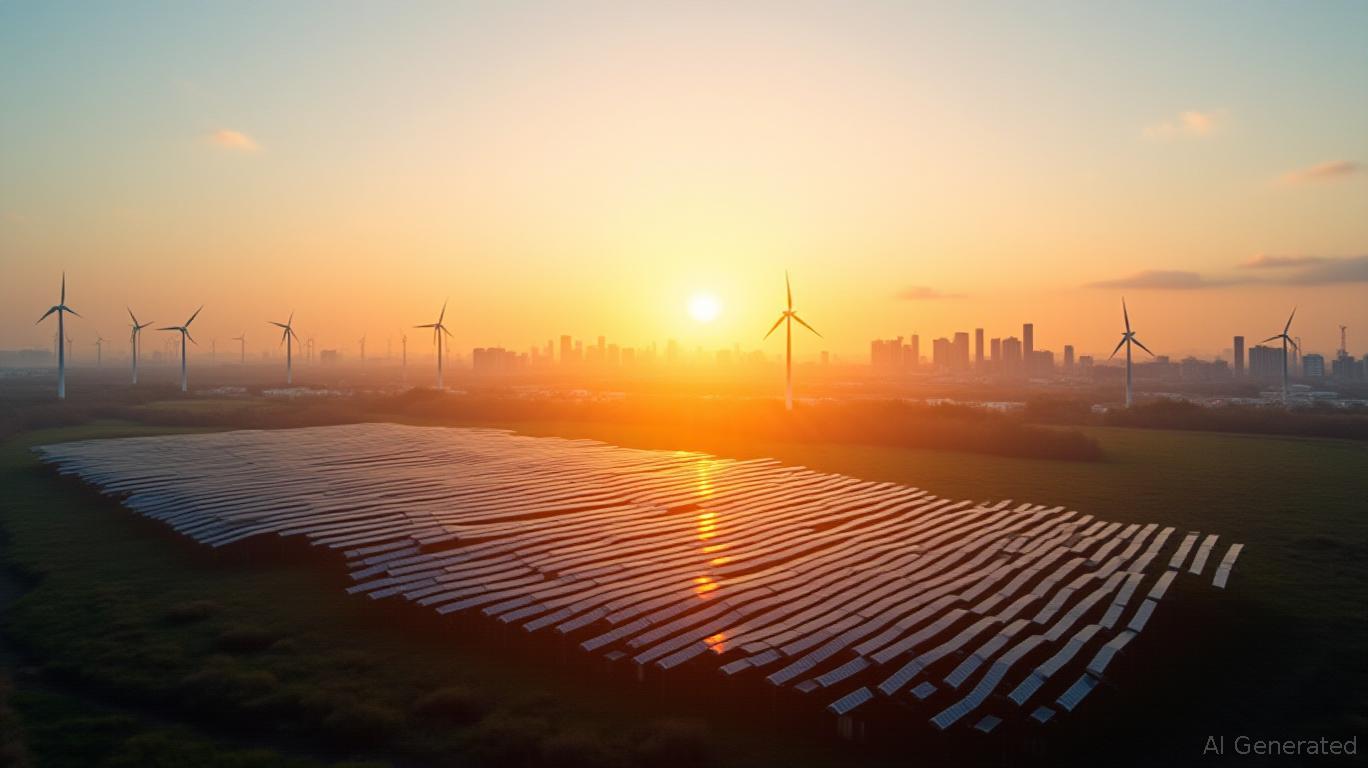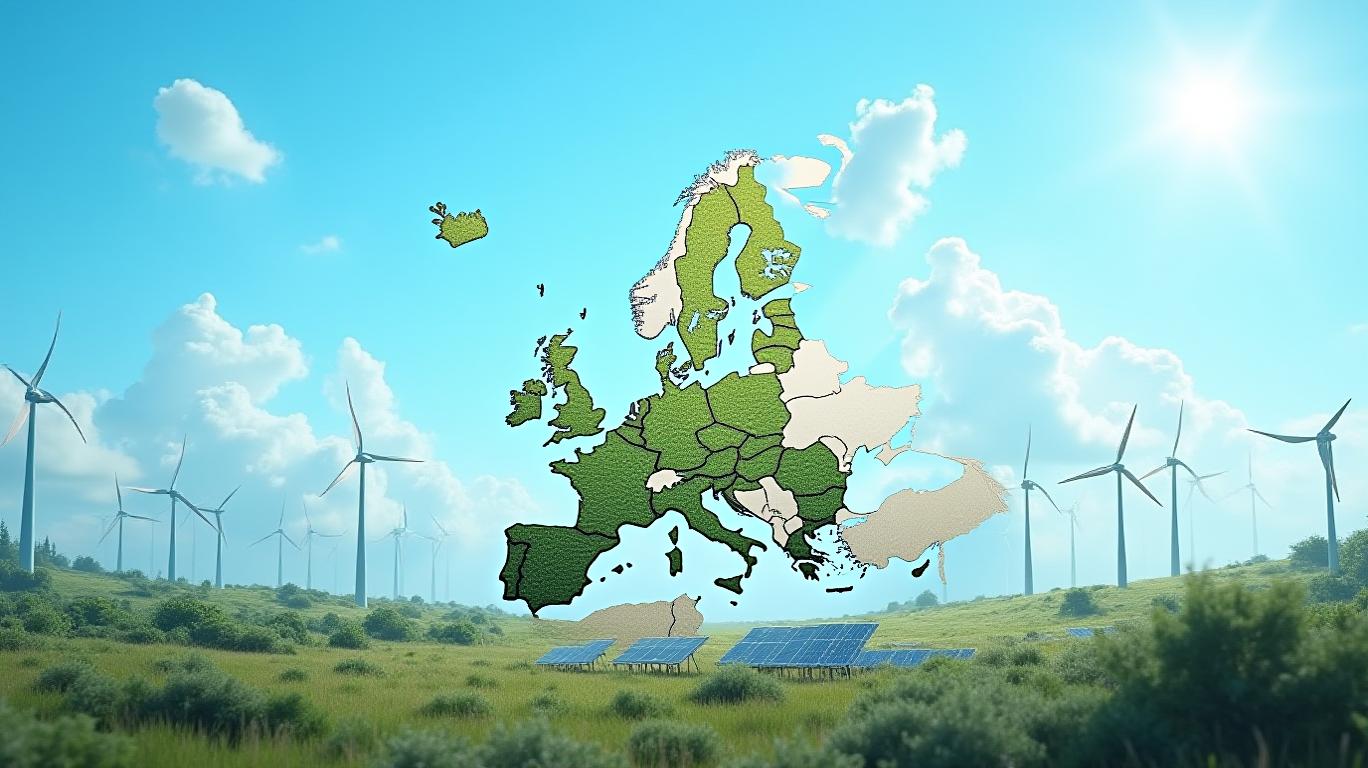Power Outage Fallout: Navigating Risks and Resilience in European Automotive Manufacturing
The massive power outage that struck Spain, Portugal, and parts of France on April 28, 2025, disrupted critical infrastructure and highlighted vulnerabilities in Europe’s energy systems. For automakers Renault (RNO) and Stellantis (STLA), the incident underscored the fragility of just-in-time manufacturing and the need for robust contingency plans. While both companies resumed production within days, the outage’s root causes—including a rare atmospheric phenomenon and grid interdependencies—paint a cautionary tale for investors. Below, we dissect the event’s implications for automotive manufacturers and energy resilience.

The Outage’s Unprecedented Cause
The outage began when induced atmospheric vibrations caused anomalous oscillations in Spain’s 400 kV power lines. These vibrations, akin to localized electromagnetic disturbances, destabilized grid synchronization, leading to a sudden loss of 15 gigawatts of electricity—60% of the grid’s active load. The interconnected nature of Europe’s power systems then amplified the crisis, as automatic shutdowns of generators and transmission lines triggered a cascading failure. While renewable energy sources were initially blamed, investigations confirmed they were not the cause; instead, their disconnecting safety protocols exacerbated the imbalance.
Impact on Renault and Stellantis
Renault’s two Spanish plants faced a full production halt, with operations resuming only “progressively” as power stabilized. By contrast, Stellantis’ three factories reported only a “marginal impact”, restarting “almost normally” within 24 hours. This disparity likely reflects differing contingency measures, such as backup power systems or diversified grid connections.
Stellantis’ shares dipped minimally (1.2%) during the outage, while Renault’s fell 4.5%, reflecting investor concerns about supply chain fragility. Both recovered as production resumed, but the incident underscores how single points of failure—such as localized grid reliability—can disproportionately affect manufacturers.
Systemic Risks and Investment Implications
The outage revealed three critical vulnerabilities for investors to monitor:
1. Grid Interdependencies: Europe’s interconnected grids, while efficient for renewable energy sharing, enable cascading failures. A shows how a fault in Spain could ripple through Portugal and France.
2. Renewable Energy Integration: Spain’s 56% renewable energy mix (projected to hit 81% by 2030) requires advanced grid balancing. Investors should favor companies investing in energy storage (e.g., batteries) or demand-response tech.
3. Geopolitical Risks: The outage occurred amid EU energy reforms targeting grid resilience. Governments may mandate backup power systems for critical industries, increasing operational costs but reducing downtime risks.
Key Data-Driven Takeaways
- Supply Chain Sensitivity: Automotive production relies on uninterrupted power for robotics, assembly lines, and logistics. A six-hour outage could cost Renault and Stellantis €2–5 million per plant daily in lost output.
- Grid Modernization Investments: Spain’s grid operator, Red Eléctrica, plans a €15 billion upgrade by 2030 to enhance stability. Firms like Siemens Energy (SI) or NextEra Energy (NEE) stand to benefit from such projects.
- Renewable Energy’s Role: While solar and wind didn’t cause the outage, their intermittency requires complementary infrastructure. Investors should track companies like Tesla (TSLA), which offers grid-scale battery solutions.
Conclusion: Building Resilience for the Next Blackout
The 2025 outage was an anomaly, but it exposed systemic weaknesses that will persist as Europe transitions to renewables. For automakers:
- Diversify Energy Sources: Invest in on-site solar or backup generation to reduce grid dependence.
- Strengthen Grid Partnerships: Collaborate with utilities on infrastructure upgrades (e.g., smart grids) to preempt failures.
- Leverage Data Analytics: Use real-time energy monitoring to anticipate disruptions and reroute production.
The Stoxx Europe 600 Auto Index fell 2.1% during the outage but rebounded as confidence returned. However, investors must recognize that future shocks—whether cyberattacks, weather events, or grid failures—are inevitable. Companies that prioritize energy resilience will not only survive disruptions but also gain long-term competitive advantages. As Europe’s grids evolve, so must the strategies of those dependent on them.
The numbers are clear: by 2025, global spending on grid modernization could hit $700 billion, with 40% allocated to energy storage. For automakers and their investors, this is both a challenge and an opportunity—one that demands foresight, not just recovery plans.


_442a2dcc1749832873286.jpeg)
_e68fac6d1749831664430.jpeg)






